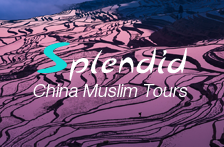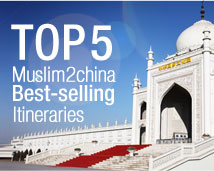.jpg)
Construction
The monastery was founded in 328 AD during the Eastern Jin Dynasty by monk Hui Li, who came from India. From its inception, Lingyin was a famous monastery in the Jiangnan region. At its peak under the Kingdom of Wuyue (907-978), the temple boasted nine multi-storey buildings, 18 pavilions, 72 halls, more than 1300 dormitory rooms, inhabited by more than 3000 monks. Many of the rich Buddhist carvings in the Feilai Feng grottos and surrounding mountains also date from this era.
.jpg)
The main axis of Lingyin follows a traditional Song dynasty five-hall Chan sect structure. The main axis stretches up the Lingyin Hill. However, the five-hall axis is a recent recreation. Only the front three halls are a part of the Qing dynasty axis: Hall of the Heavenly Kings, Grand Hall of the Great Sage, and Hall of the Medicine Buddha.
The Feilai Feng grottoes
The monastery is the largest of several temples in the Wulin Mountains, which also features a large number of grottos and religious rock carvings, the most famous of which is the Feilai Feng.
.jpg)
Feilai Feng, or "the Peak that Flew Hither", also commonly translated as "Flying Peak", is located in front of the temple proper. The peak is so-named because it is made of limestone, giving it a craggy appearance very different from the surrounding mountains. Legend holds that the peak was originally from India, but flew to Hangzhou overnight as a demonstration of the omnipotence of Buddhist law. A large number of carvings dot the surface of the peak. More are located in various caves and grottoes throughout the peak. Within the main cave, dedicated to the bodhisattva Guanyin, there is a crack in the ceiling of the cave that stretches up to the surface, so that a person standing at a certain position can see a sliver of sunlight. This is known as the "one thread of heaven".
Legend of Ji Gong
Mentioning the name Lingyin Temple, many people may recall the image of Ji Gong. Ji Gong was famous for his wild and eccentric behavior while openly breaking monastic codes, such as openly drinking wine and consuming meat, but was still compassionate by nature and possessed supernatural powers. By the time of his death, Ji Gong became a folk hero in China and was invoked as a folk religious deity. Ji Gong is often invoked by oracles to assist in worldly affairs. Buddhists also invoke Ji Gong in folk stories and koans.
Whatever your initial purpose is before you go for Lingyin Temple, you’ll find your answer just as you wished.







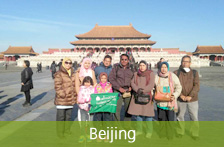
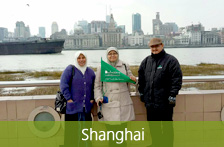
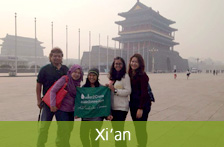
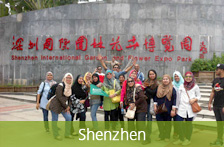

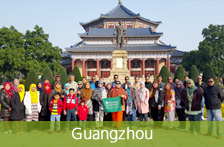
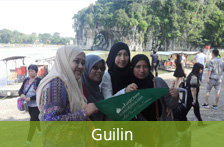
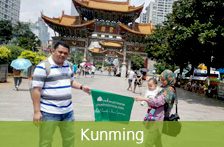
.jpg)





